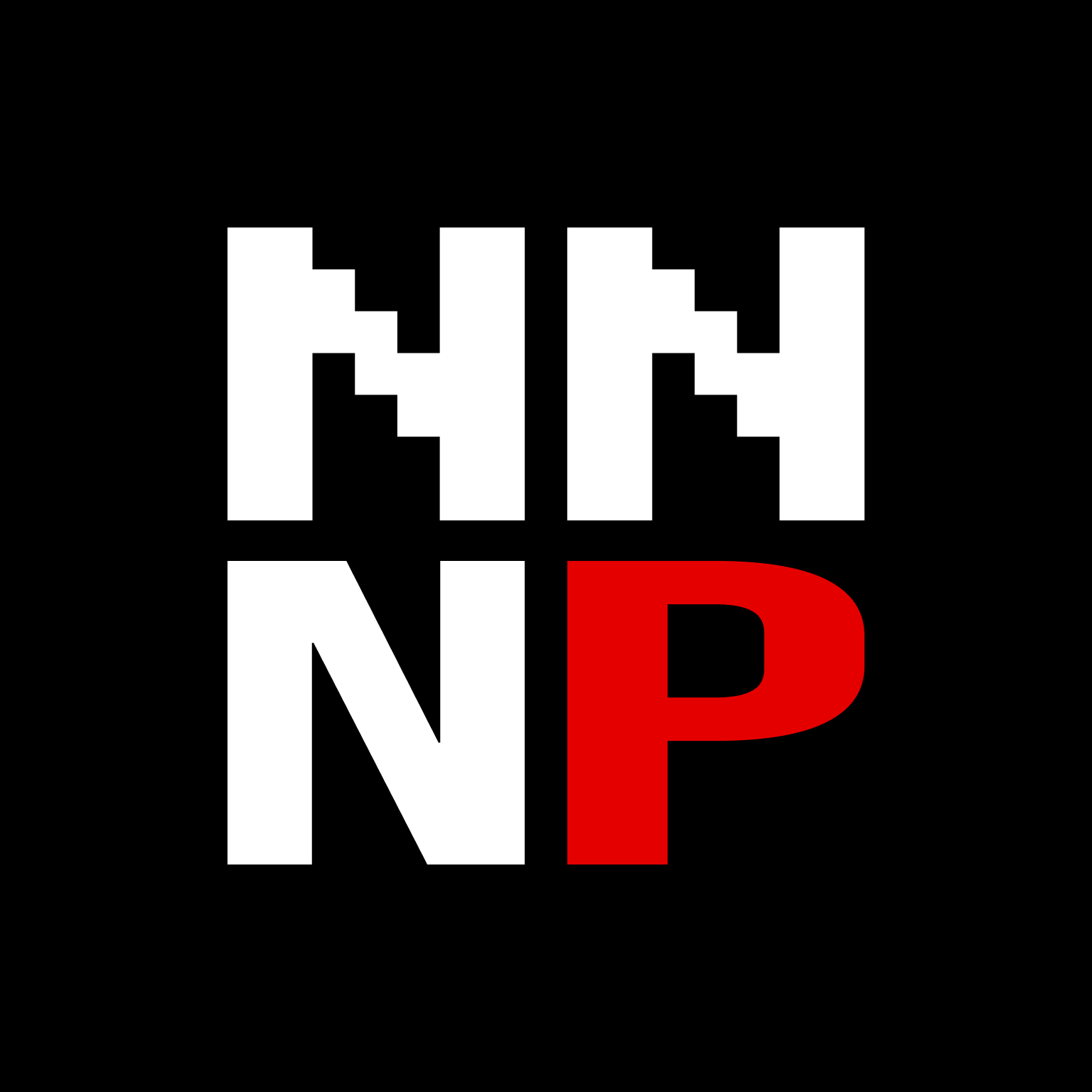If You Build It, (Maybe) They Will Come
On its way to the marketplace, an MVP goes through three distinct stages:
-
- Plan: Everything from initial idea until implementation begins. Includes market research, customer discovery, and solution exploration.
-
- Build: The meat of the process. Technical partners take the concepts outlined during Idea and design, develop, test, and prepare them for launch.
-
- Launch: Once implementation is complete, the product is prepared for release and brought to the marketplace.
Many first-time founders view this initial launch as a terminal point in their process. They believe in the strength of their vision and view the implementation process as the only barrier to realizing that vision. Once built, they have zero doubts that their MVP will be a runaway success, and expect their growth
Confidence is an important trait in founders. But the reality of startups rarely supports such bravado: CBInsights found that even amongst startups that reached launch and closed an initial round of fundraising, ~70% of those companies failed within 20 months of raising those funds. That’s more than 2 out of 3 successfully launched (and funded) MVPs that failed to produce sustainable companies—completely ignoring the failure rate of those that didn’t make it that far in the first place.
In reality, early stage startups typically experience slow initial growth, before trending sharply upward after months (or even years). This model is often referred to as “Hockey Stick Growth”.
The Holy Hockey Stick & Product-Market Fit

The Holy Hockey Stick
In the Hockey Stick model, a startup sees little to no traction in its early months or years, before hitting their “inflection point” and trending upwards into an exponential growth curve. In this model, a startup’s inflection point is reached once it finds “Product-Market Fit” (PMF), what Marc Andreesen describes as “being in a good market with a product that can satisfy that market.” Finding Product-Market Fit is the primary goal of an early stage startup—as Marc continues: “The only thing that matters is getting to product/market fit.“
Founders often overestimate their ability to identify Product-Market Fit before they’ve launched. They assume that if they can bring their MVP to market, everything will just work out. But amongst companies that had successfully raised fundraising, the number one reason for failure was because there was “No Market Need” for their product.
This overconfidence leads many first-time founders to over-invest in their first launch, spending too much time and money obsessing over their “perfect” product, only to find that the market’s interest in that product wasn’t what they’d hoped. They spend months (or years) preparing their idea, researching the marketplace, and talking to potential customers. They envision a list of features their customers will need, and then spend three to six months having technical partners scope, design, develop, test, and revise those features. Then they begin to prepare for launch, building sales and marketing assets, prepping press releases and events, and making sure their product is “scalable” before release. And when the big day comes, they hit the red button, kick their feet up, and prepare watch their valuation to climb to $1M and beyond.
But that growth never comes. After months—or even years—of work, their MVP is met with little to no market response. Maybe there was a flaw in their original vision—some mismatch between what they thought the market wanted and what their customers actually needed. Or maybe their implementation team wasn’t good enough, and the final product wasn’t what they’d originally envisioned.
Or worse. Maybe their vision was spot on, but the market moved out from under them. In the time they took to make their MVP perfect, the world moved on without them. A competitor beat them to the punch, government regulations were passed into law, or the App Store’s rules changed overnight.
Or an unprecedented global pandemic eliminated their industry overnight. Imagine spending a year building an Airbnb competitor to have COVID reduce travel worldwide by ~50%.
In reality, it often takes startups months or even years of work to find the fabled “Product-Market Fit”. For non-technical founders, this delay is especially problematic: the longer your startup takes to find traction, the longer you have to support that search. Supporting a few months of development is one thing, but keeping an entire team paid for six months to a year is difficult even for the ultra-wealthy.
It’s common for founders to think that they’ll be different—that those other startups failed because they didn’t have what it takes. But these failures aren’t constrained to the unprepared or underfunded: high profile founders with huge amounts of funding have made the same mistakes.
Let’s take a look at a recent example.
A Billion Dollar Failure

Quibi: the $1B failure.
In August of 2018, former Walt Disney chairman Jeffrey Katzenberg began pitching his idea for “NewTV,” a media startup focused on short, mobile-first television programming. By the end of the year, the startup raised a meager $1B (one-billion with a ‘b’) in financing, and picked up former eBay and HP CEO Meg Whitman to lead the team.
In 2019, Quibi began producing content and building the tech infrastructure that would power that content. Over 75 programs and 8500+ short episodes were filmed prior to launch. With Quibi paying a reported ~$6M per hour of content, they invested over $500M in production alone. The year wasn’t just expenses and investment though, as the company also presold their entire $150M advertising inventory, bringing their available capital to almost $1.2B.
On April 6th, 2020, Quibi launched worldwide, earning 300,000 users on its first day and over 1.7 million within its first week. Before the end of the month, Quibi reported over 3.5 million downloads, with 1.3 million active users.
But that initial success wasn’t enough. In June, just two months after launch, executives at the company voluntary took pay cuts, just as the company closed an additional $750M in fundraising. The company adjusted its first-year subscription projections from 7.4 million to 2 million, adjusting its paid and free offerings world wide in an effort to stem the bleeding.
It wasn’t enough. By September that year, Quibi had just $200M left of the almost $2B in capital it had raised and earned. The company began looking for ways to keep the lights on, looking to either raise another round or even go public. But it was too late: on October 21, 2020, just six months after its launch, Quibi announced that it was shutting down.
Why couldn’t the company raise more money? At first glance, Quibi’s launch figures are staggering—1.3M MAUs after just 1 month is a figure many founders would die to see. Even after over a year of operation, current tech-darling Clubhouse has just barely passed the 2M active user mark. And with subscriptions costing between $5-8, and a projected subscriber count of 2M people by the end of the year, Quibi’s estimated first year revenues were between $250-300M (~$100-150M from subscribers and $150M from advertisers). Reaching 7-figure AR is a dream for most founders—getting a quarter of the way to $1B in year one is insane.
If we take those figures and plug them into our model from before, the picture is less rosy. Raising $1B in seed money put Quibi’s valuation somewhere between $5-10B. Using our MAU, their valuation after launch was ~$130M. After showing revenues, even at a 15X multiple, Quibi’s AR valued them at $4.5B.
After two years of operation, Quibi had lost between $500M and $5B of valuation.
So what did Quibi do wrong?
It wasn’t the leadership team: Jeffrey Katzenberg is an entertainment mogul, responsible for producing The Lion King, Beauty and the Beast, and Aladdin—Meg Whitman is a startup titan, in her 10 years at eBay she took the company from $4M to $8B in annual revenue. It wasn’t the content: Quibi’s shows were nominated for 10 Emmy’s, winning 2. It wasn’t the tech. Quibi was ready for Netflix levels of traffic the day it launched. And it wasn’t the timing. Quibi pundits like to blame the pandemic for its failure, with mobile apps reporting a 65% increase in viewership since the beginning of Coranvirus-releated lockdowns.
The easy answer is to say that Quibi failed because it didn’t reach Product-Market Fit.
But why didn’t it reach Product-Market Fit?
Why Big Launches Fail
The Product Adoption Curve
In 1962, Everett Rogers published a book called Diffusion of Innovations, describing how new ideas spread across cultures and populations. In that book, he identified 5 categories of people that each approach new ideas in different ways:
-
- Innovators: those who love trying new things and may even be the people encouraging others to explore a new idea.
-
- Early Adopters: those comfortable taking risks, but want to form a solid opinion of the new idea before they vocally support it.
-
- Early Majority: those interested in new ideas, but want proof of its effectiveness.
-
- Late Majority: those who do not like to take risks, and they tend to question the need for changes.
-
- Laggards: those who prefer the status quo because they know what to expect.
These different approaches to new ideas affect the way people view new products, and the kinds of products each are interested in. A product that’s interesting to an Innovator is viewed as too risky by the Early Majority. And a safe offering that might be interesting to the Late Majority is going to be completely ignored by the Innovators and Early Adopters.
New products don’t have access to the entire curve at once. They can’t, because the different parts of the curve aren’t interested in the same kinds of products. This is explains why Clubhouse is where the tech hipsters chat about Artificial Intelligence and Facebook is where your Aunt Tina posts videos about chemtrails. And it explains why Quibi failed: they invested so much that the product had to reach the mass-market to be considered a financial success, but introduced a new product category that the Early and Late Majority weren’t interested in.
Launching early and focusing on Innovators and Early Adopters allows you to target the part of the curve most likely to be accepting of your product. It gives you a chance to see immediate traction with a small but interested group of customers. Over time, as we improve our product, we gain access to larger and larger parts of the curve. This, in turn increases our rate of growth, and speeds us towards Hockey Stick Growth.
The Product Development Cycle
Finding true Product-Market Fit is a process, one that starts with launch and continues through a cycle of iterations and improvements as our product gets closer and closer to finding fit. There is no mythical phase of Growth where we kick our feet up and watch our valuation climb. Instead, we move from Launch into a period of Learning, where we assess the progress we’ve made, readjust our strategy, and start the process again.
But approaching this process as a cycle isn’t enough. While many founders are familiar with this concept from “Lean Startup”, few actually practice it. This is especially common with non-technical founders: they plan out 1-2 year roadmaps for their startups and scope out “MVPs” with a laundry list of features attached. They seek out low-rate partners who can build that entire scope instead of prioritizing launch. And they budget exclusively for their first trip through the cycle and take 3-6 months to reach it.
Approaching MVPs with this mentality can mean disaster for the non-technical founder. For one, development isn’t cheap. Budget providers may save money when looking at hourly rates, but they make up for that cost in the additional time they take to get things right. And the larger our initial scope, the more room for error. As projects grow, the rate at which bugs show up increases. That can mean that your “6 month” project quickly takes over a year.
If 2020 showed us anything, a lot can happen in a year. Imagine spending 2 years perfecting a travel app, only to have Covid hit the month before you planned to launch. Or 18 months perfecting your location sharing startup, only to have Apple limit your unfinished app’s access to your users’ location. These are real examples from real companies.
For the non-technical founder to be successful, they have to keep these cycles as efficient as possible. But efficiency isn’t just about keeping costs low. It doesn’t mean we have to be as cheap as possible, or move through these loops as quickly as we can. Cost is just one part of efficiency: the other part is value.
Our goal with each loop through the cycle is to produce the greatest amount of value while spending the least amount of time and money. If we prioritize what’s most important to our customers, we can make it through each loop providing new value, getting closer to Product-Market Fit, and increasing our chances of survival long term.
Finding the True Hockey Stick
If Product-Market fit isn’t binary, what does true Hockey Stick Growth look like?
The final stage of the Hockey Stick model is characterized by “rapid” or “surging” growth. After our inflection point, our curve begins to bend sharply upward.
For a curve to get steeper over time, it has to be “accelerating”. In math terms, that means that it’s second derivative must be positive or increasing. That means that our growth, or the “velocity” at which our metrics change, is itself changing.
In startups, our growth rate naturally increases as we achieve Product-Market Fit. With each successive improvement to our product and to how we sell that product, our curve gets a little bit steeper. Over time that curve looks like this:
In reality, the inflection “point” of the Hockey Stick model is more of an inflection “process”: with each successive launch, we improve our Product-Market Fit, increasing our growth rate and opening up larger and larger portions of the market as we go.
Metric Model
We’ve built a simple model of the above curves here. Feel free to make a copy of the spreadsheet and change the variables to see how they affect your growth curve over time.
The Value of Launching Early and Often
Prioritizing launch over “perfection” means reaching our first customers in weeks, not months. That means less upfront investment, less exposure to risk, and less time waiting to show traction. That’s time and money we can use to iterate through our inflection point, finding early Product-Market Fit and kickstarting our Hockey Stick growth.
Lots of successful startups have followed this process of launching early and iterating over time:
-
- Airbnb launched as Airbed and Breakfast: its first listing was founder Brian Chesky’s living room. After focusing exclusively on SF, they expanded to select markets, catering towards Early Adopters for their first several years, before expanding into the mid market.
-
- Uber started as UberCab: its founders managed early rides through personally calling and coordinating existing livery companies. They also focused exclusively on the bay area, targeting Early Adopters in the tech industries. I used Uber for the first time to get from SFO to see their CEO, Travis Kalanick, speak at YCombinator’s Startup School in 2012—as a young tech nerd I couldn’t wait to tell my friends about it. My mom didn’t take her first Uber until almost 2016.
-
- Facebook started off focusing exclusively on Harvard students, before expanding into other Ivy League institutions, then universities nation wide, before opening up to the general public. College students are a perfect example of early adopters, and Facebook’s limited access gave them even more of a reason to talk about the product.
A few years back, we had another example in Clubhouse’s rocket ship growth.
The company formed as Alpha Exploration Co. in February 2020. They launched their app in April, without any marketing or press, after just two months of development. That launch was expedited by building their platform on licensed technology, with the app itself featuring a simple interface and a limited set of features, allowing users to see a list of available rooms, join those rooms, or start their own.
They launched as an invite-only platform, and showed strong initial traction within the tech community (Early Adopters), enough to raise $12M from Andreesen Horowitz. Over time, more and more people became interested in the product, and the company began to attract Early Movers from the general business world—a move that was sealed with Elon Musk’s first appearance on the platform in January 2021.
That same month, Clubhouse closed a second round of $100M, valuing the company at $1B. On its one year anniversary, it announced it had reached 10M Monthly Active Users, publicly validating that valuation with its own growth metrics.
Clubhouse’s MVP wasn’t “perfect”. They could have spent months improving the design, or adding features like chat, scheduling, or clubs. They could have spent thousands of dollars engineering their own proprietary audio chat solution. They could have invested heavily in their initial launch, preparing complex media and press campaigns.
But they didn’t. They identified the single feature they thought was going to bring them success, and they built that feature as efficiently as possible. They took their MVP to the marketplace, focusing on a kind of customer that would overlook its rough edges (or maybe even prefer them). And then they leveraged the psychology of those customers—their desire to feel “in the known”—to get them to spread the app for them.
This playbook is one any non-technical founder can follow.
On paper, it’s simple enough: define your MVP, have your technical partners build it, then take it to customers for real world feedback.
In practice, many non-technical founders get stuck on the second step. They struggle to find, vet, and manage their technical teams. They hire providers that overpromise and underdeliver, turning what was supposed to be a two week process into two months or more.
These are solvable problems. With the right approach, non-technical founders can and do succeed in bringing their products to market.
They just need to change their mindset.
In the coming weeks, we’ll take a look at how non-technical founders can become Tech-Enabled Entrepreneurs, sharing the exact process we’ve seen work first-hand with our previous clients.





